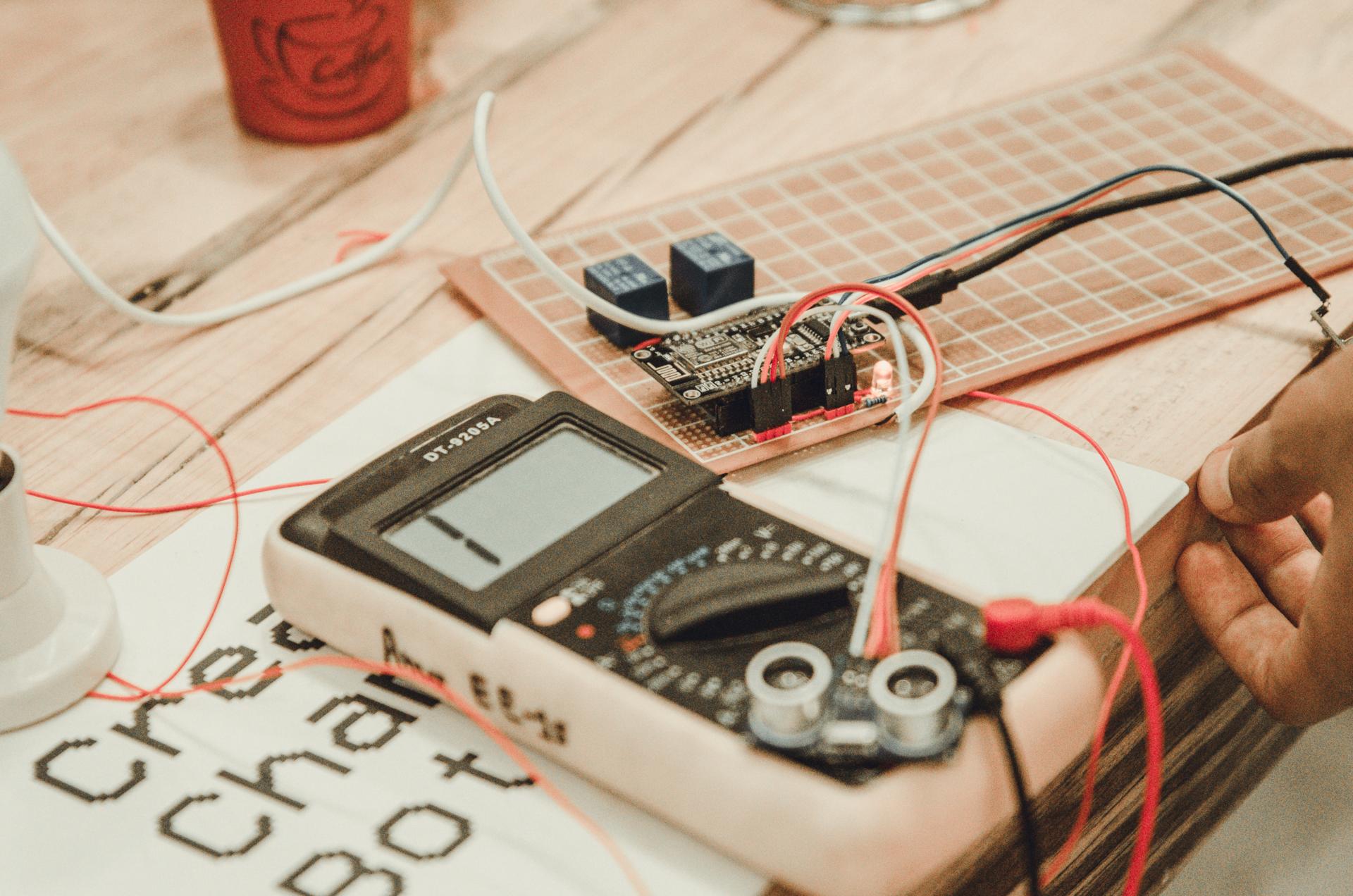Ensure Your Home Protected: How to Conduct an Electrical Security Test

When it comes to home safety one of the most important areas to consider is electrical safety. Electrical safety testing is the process of checking the electrical system in your home to make sure that it’s safe and current. In this article, we’ll provide you with information on what electrical safety testing are, the tools you’ll require to conduct them, how to carry out the tests and what warning signs you should look out for.
What exactly is the definition of an Electrical Safety Test?
An electrical safety test is the procedure of examining the electrical system in your home to verify that it’s safe and functioning correctly. Electrical safety tests are important as they help to avoid electrical fires and accidents, and ensure the longevity the electrical systems you have.
Tools Needed to conduct an electrical Safety Test
In order to conduct an electrical safety test you’ll require a few basic equipment. They include an electrical voltage tester as well as a continuity tester, circuit tester, as well as the outlet tester. A voltage tester can test for live circuits while the continuity tester looks for broken circuits. The circuit tester is utilized to detect wiring problems as well as the outlet tester is utilized to identify wiring issues at the outlets. It is crucial to use the tools correctly in order to obtain exact results.
How do you conduct an electrical Safety Test
To conduct an electric safety check in your home, follow these steps:
Turn off the power for the circuit that you’re testing.
Make use of your voltage tester to test whether there are live circuits.
Utilize this continuity tester to test the integrity of your circuit.
Make use of the circuit tester to test for electrical faults.
Use the outlet tester to look for electrical problems within the outlets.
During the process of testing Be sure to check for any signs of damage or wear on the wiring, such as frayed or broken wires, burn marks, or loose connections. If you find any issues you need to fix the issues as soon as you can to prevent any potential dangers.
The Signs of Electrical Issues to be Watchful for
There are many warning signs that could signal electrical issues in your home. This includes flickering lights and frequent circuit breaker trips, buzzing or crackling sounds from outlets, the appearance of outlets that are discolored or hot as well as a burning smell. If you observe any warning indications, you should take action immediately to avoid potential electrical hazards.
Conclusion
Safety tests for electrical appliances are essential for ensuring the safety of your home and family. By conducting regular tests and addressing any issues promptly, you can avoid potential hazards to electrical equipment and extend the life of your electric system. If you require assistance with electrical testing and repairs, don’t hesitate to contact Local Electrician St Marys. Our knowledgeable team will provide you with expert guidance and assistance. Contact us via 1300 610 481 to schedule an appointment or to request a quote.
FAQ Section
How often should I do an electrical safety test at my home?
We recommend conducting safety tests for electrical equipment at least once per year.
Can I perform the electrical test on my own , or do I need the help of a specialist?
While it’s possible to perform the electrical test yourself, it’s recommended to hire an expert to guarantee accurate results and to avoid any potential dangers.
Which are the top frequently encountered electrical problems that can be found during an electrical safety test?
The most frequent electrical issues that are discovered during a safety test are malfunctioning wiring, overloaded circuits and outdated electrical systems.
What do I do if encounter a problem in the electrical safety test?
If you discover a problem in the electrical safety test, it’s important to act immediately. This may involve getting an experienced electrician to resolve the issue or replacing the equipment that is malfunctioning.
